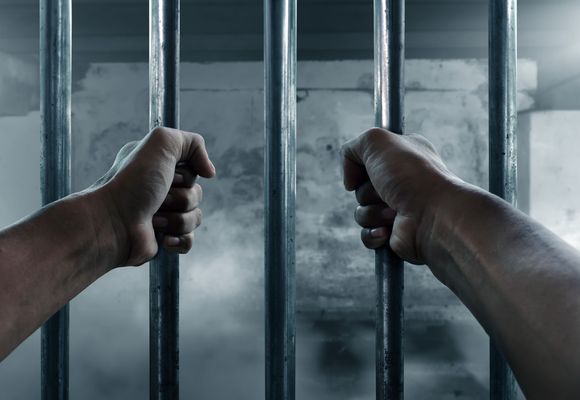3.1.5
Case Studies
Battle of Waterloo (1815)
Battle of Waterloo (1815)
The major battles in the Industrial period show significant contrast, Waterloo showcased Britain at her best, with excellent tactics and deployment of troops against a strong enemy.


Major battles
Major battles
- The major battles in the Industrial period show significant contrast:
- Waterloo showcased Britain at her best, with excellent tactics and deployment of troops against a strong enemy.
- The Battle of Balaclava highlighted Britain’s weaknesses, with the Charge of the Light Brigade exposing the failings within the British military.


Battle of Waterloo, 1815
Battle of Waterloo, 1815
- Wellington’s role:
- Many historians argue Wellington’s decisions were crucial in his victory against Napoleon.


Weapons
Weapons
- Guns, cannons and telescopes (incredibly important for seeing the enemy’s movements).


Composition
Composition
- Infantry squares were the main formation.
- Artillery fire defeated the French.


Recruitment and training
Recruitment and training
- As a result of the 1757 Militia Act, men aged 18-50 were selected from every parish to serve for 5 years.
- However, these recruits were poorly paid, unprofessional and there were issues of nepotism.


Experience of civilians
Experience of civilians
- Forced to pay higher taxes.
- Newspaper reports and statues of Wellington – depiction of successful leaders as war heroes.
Battle of Balaclava (1854)
Battle of Balaclava (1854)
The Battle of Balaclava highlighted Britain’s weaknesses, with the Charge of the Light Brigade exposing the failings within the British military.


Tennyson
Tennyson
- The ‘Charge of the Light Brigade’ (Tennyson) is a really helpful poem to understand the actions of the officers and the impact.
- The failure of the charge is often seen as a turning point for British warfare, sparking significant change.


Weapons
Weapons
- Guns.
- Cavalry.
- Telescope.
- Muskets.


Composition
Composition
- England’s cavalry charge into gunfire – naïve tactics.
- Steam technology allows new tactics e.g. trains, steam ships.


Recruitment and training
Recruitment and training
- Recruitment and training was often corrupt:
- Purchase system for officers.
- Many infantry drafted when drunk.
- ‘Get out of jail free’.


Experience of civilians
Experience of civilians
- Roger Fenton and William Howard Russell sent telegrams reports, newspaper, and war photography.


Charge of the Light Brigade
Charge of the Light Brigade
- The Charge of the Light Brigade was a doomed venture, led by Lord Cardigan.
- 600 British cavalry charged directly towards the Russian guns.
- It demonstrated the weaknesses in Britain’s army:
- Cavalry charge - ineffective against powerful artillery.
- Officers - inexperienced and often incompetent.
Boer War: 1899-1902
Boer War: 1899-1902
Britain expected this war to be easily won - they massively outnumbered the Boers and had far superior technology.


Boer War
Boer War
- 1899-1902.
- Britain expected this war to be easily won - they massively outnumbered the Boers and had far superior technology.
- Although eventually victorious, the difference between expectations and reality were stark.


Defeating the Boers
Defeating the Boers
- To defeat the Boers it took Britain:
- 3 years.
- 400,000 troops.
- £230m.


Result
Result
- 22,000 British military killed vs. 6000 Boers.
- Britain had to call on Indian troops to win the fight.
1Medieval Warfare c.1250-1500
2Early Modern Warfare c.1500-1700
3Industrial Warfare c.1700-1900
4Modern Warfare c.1900-present
5The Historic Environment
5.1London & the Second World War, 1939-45
Jump to other topics
1Medieval Warfare c.1250-1500
2Early Modern Warfare c.1500-1700
3Industrial Warfare c.1700-1900
4Modern Warfare c.1900-present
5The Historic Environment
5.1London & the Second World War, 1939-45
Unlock your full potential with Seneca Premium
Unlimited access to 10,000+ open-ended exam questions
Mini-mock exams based on your study history
Unlock 800+ premium courses & e-books